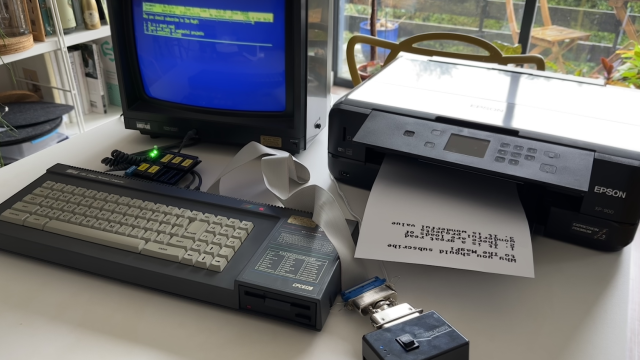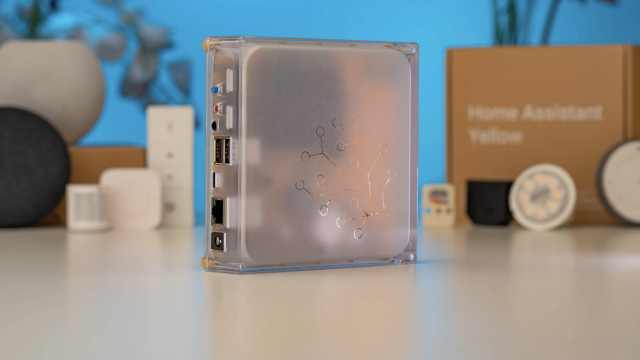Home weather kits are excellent for a number of reasons. With the right calibration, they can be more accurate than a lot of basic solutions.
In addition, by nature of being a computer add-on, they allow you to keep track of data over a long period of time – great for science, and also good for stuff like timing your heating in the winter, or even just kitchen conditions when cooking particularly fussy foods.
The NanoSTEM IoT Weather Kit (£64/$80) is one of the smallest solutions we’ve seen for this, and it’s relatively cheap as well. Featuring an at-a-glance display for basic data readouts and an online dashboard with the full suite of data, it’s basically the full package.
What do you get in the kit, then? Well, it’s a HAT-like add-on board that covers the USB and Ethernet ports, along with the rest of a Raspberry Pi. This is the ProdBoard that Nanomesher makes, which includes a tiny 1.3in OLED display, but adding a pressure sensor, humidity and temperature sensor, and an air quality sensor attached to the I2C ports.
Plug and play
There’s also a microSD card that is all preconfigured – very welcome, as we know how tricky these sensors can be to set up. Air quality monitors aren’t something we see regularly in Western weather kits, but it’s a big thing in built-up areas of China.
Everything is ready to go out of the box – even the sensors are plugged into the board – so as long as you have access to power, you can get very quickly started with monitoring. You can even get a 3D case to enclose the NanoSTEM IoT Weather Kit while also allowing its sensors to still work.
Specification
Display: 1.3in High Contrast OLED (128×96 resolution)
Pressure Sensor: BMP180 (range 300–1100hPa)
Humidity & Temperature Sensor: SHT31
Air Quality Sensor: CCS811 (TVOC and eCO2 sensing)
Verdict
A great little IoT weather station that’s easy to use and configure. It can be used around the house, or easily made portable with a mobile battery.
9/10
See also:
This article was written by Rob Zwetsloot and first appeared in The MagPi 86. Get a free Raspberry Pi with a 12-month subscription to the print edition of The MagPi magazine.







